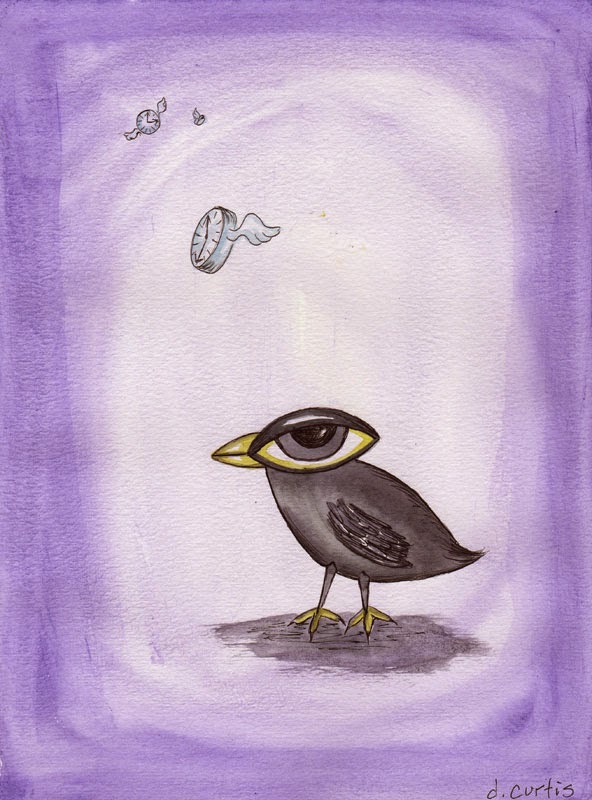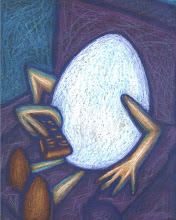A Classic Case of Copyright
Infringement
The inventor of
moveable type had a huge impact on the world even though he didn't receive much
credit (or money) in his lifetime. In fact, I would be bold enough to say this
man launched the Renaissance in Northern Europe. We tend to underestimate the
incredible invention of moveable type and what it did for the western world.
True - many presses were already invented and Gutenberg studied and modified existing
models in order to create the first printing press. True - the ancient Chinese
invented the first stamps (called chops) and therefore the invention of
printing.
I mentioned before; "...there are two
basic ways to come up with a 'new' design. The first way is to create something
so new and original that no other product on the market compares to what it can
do. The other way is to improve upon a product design that already exists. We
call inventors who tackle the first way, geniuses and we tend to ignore the
other group." Johannes Gutenberg falls into
the second category; he invented a totally new concept from two pre-existing
concepts.
I also mentioned that we are in
the beginning of the "Digital Revolution" and very much like the
Industrial Revolution; we are repeating history's mistakes. During the
Industrial Revolution thousands of inventions were ripped off from the original
inventors. In fact, our first true copyright laws in America are created right
after the Industrial Revolution. The United States government saw a need to
protect these small product designers and developed copyright laws for the
small business owner. The horrible reality today is copyright laws only protect
large corporations or those who can afford to sue. There is even talk about lessening
the laws protecting the common person from copyright infringement in the future.
Ironically enough, in the midst of all this, even our own government was infringed
upon by another country. I hope they now know how it feels!
Let's get back to the
incredible story of Johannes Gutenberg. One might think that he had a great
start because he built on two already existing ideas. This deduction would not
be true. He spent over 10 years studying the mechanic of wine, cheese and olive
presses. He also had to invent an alloy (a combination of at least two metals)
that would withstand the intense beating of a press, minute after minute, each
and every day. He also had to invent an ink that would not 'bead' up on metal.
He used a linseed oil base that was sticky enough to create an even coat on
metal. Each one of these inventions took over 10 years, lots of money and time.
This is why inventors (even today) live very humble lives and have to solicit
capitalists for money. (And they have to do this while inventing!)
I've created a timeline of
Johann's struggles. (You can click on the image to read it) The sad fact to
this story is that on the night when his famous 42-line bible was going to be
printed, bound and distributed, he was locked out of his own print shop. The
man who 'legally' seized the shop hired his assistant and by doing so, stole
all Johann's secrets. Johannes Gutenberg could do nothing but sit back and
watch someone else become rich off of his invention. Within three years after
the invention of moveable type, thousands of printing presses were created all
over northern Europe which kicked the Renaissance into its peak.
You would think such a sad
story would end with this horrible mistreatment but that is not true. Johannes
Gutenberg was such a master of inventions; he quietly created another print
shop and press and began mastering copperplate engravings. Some say he trained
with a famous (yet anonymous) artist called the "Master of Playing
Cards." Some say that Johann himself was the Master of Playing Cards but
finally learned to keep his mouth shut until the inventions were straight off
the press and in the public's eye.
(timeline of Gutenberg's struggles - by dianne curtis)




